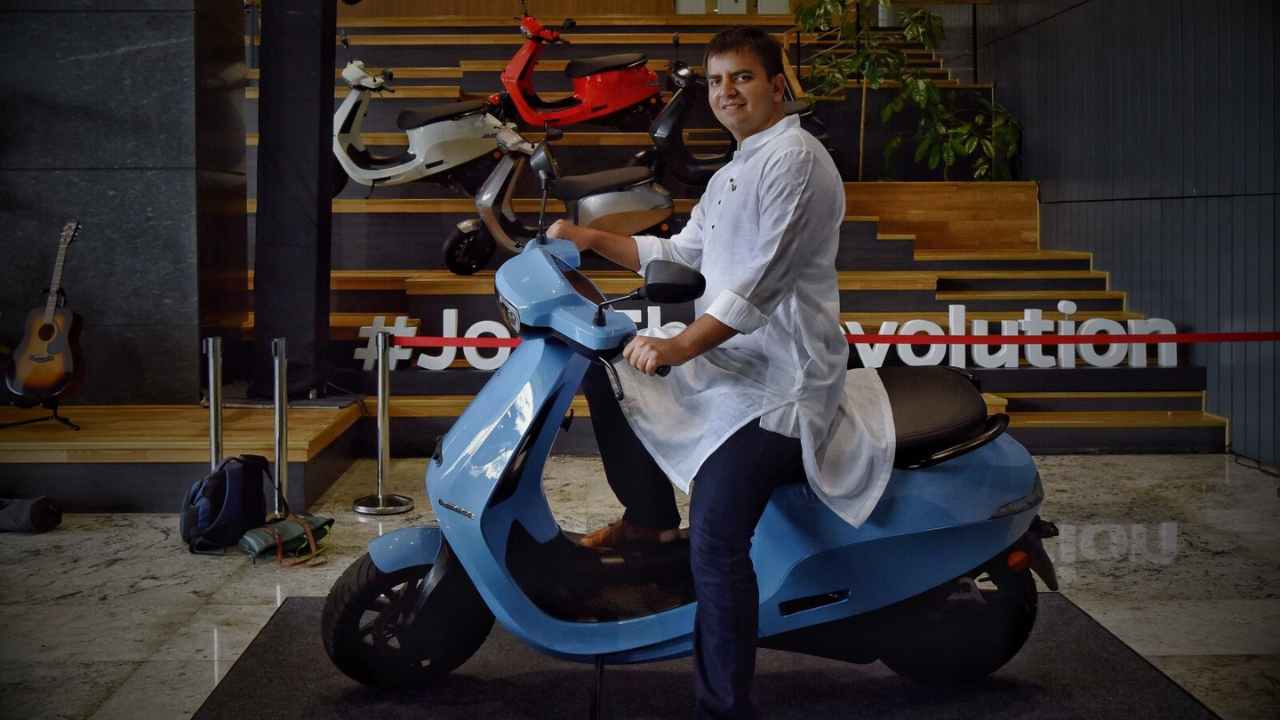Ola Electric has reported its financial results for the quarter ended June 30, 2025 (Q1 FY26), revealing a mixed picture for the Indian electric vehicle (EV) maker. While the company’s revenue rose 35% quarter-on-quarter to Rs 828 crore, its net loss widened to Rs 428 crore, up 23% year-on-year. Despite this, the company showed promising signs of operational improvement and margin recovery, signaling a potential turnaround in the fiercely competitive Indian EV market.
Revenue Growth and Delivery Surge Defy Industry Concerns
Ola Electric’s revenue for Q1 FY26 stood at Rs 828 crore, a significant jump from Rs 611 crore in the previous quarter, reflecting a 35.5% growth. However, on a year-on-year basis, revenue fell nearly 50% from Rs 1,644 crore in Q1 FY25, highlighting the ongoing challenges in the EV scooter market.
Vehicle deliveries surged to 68,192 units, up 32.7% from 51,375 units in Q4 FY25, defying earlier market expectations of a volume drop below 60,000 due to weak consumer sentiment and price corrections. This growth was driven largely by the strong adoption of Ola’s third-generation (Gen 3) scooters, which now constitute 80% of total sales.
Auto Segment Achieves EBITDA Positivity in June
A key highlight was the auto segment turning EBITDA positive in June 2025, a major milestone for Ola Electric. For the full quarter, the auto business narrowed EBITDA losses sharply to -11.6%, improving from -90.6% in Q4 FY25. Consolidated EBITDA losses also improved to -28.6%, reflecting structural cost efficiencies across the company.
This improvement is largely credited to “Project Lakshya”, Ola’s internal cost optimisation initiative. The program successfully reduced monthly auto operational expenditure (opex) from Rs 178 crore to Rs 105 crore, with consolidated opex down to Rs 150 crore. Ola aims to further reduce consolidated opex to Rs 130 crore by the end of FY26. These measures helped improve free cash flow dramatically, from -Rs 455 crore in Q4 FY25 to -Rs 107 crore in Q1 FY26.
Margin Recovery Driven by Product Innovation and Vertical Integration
Ola Electric’s margin recovery was supported by the introduction of its Gen 3 scooters, which offer better unit economics, lower warranty claims, and enhanced performance. Despite a shift towards more budget-friendly variants, the company managed to maintain healthy gross margins, thanks to its in-house technology and manufacturing efficiencies.
A standout feature of Ola’s strategy is its proprietary 4680 “Bharat Cell” battery, developed using a dry coating process. Production of vehicles equipped with these cells is set to begin this Navratri festival season. Ola currently has a cell production capacity of 1.4 GWh, with plans to scale to 5 GWh by FY27, aiming to reduce import dependence and improve margins.
Further innovations include the development of heavy rare earth-free motors, expected to enter production in Q3 FY26, and an in-house anti-lock braking system (ABS) slated for release in January 2026. These efforts underline Ola’s commitment to strengthening its domestic EV supply chain and technological leadership.
Outlook: Ambitious Targets and PLI Benefits
For FY26, Ola Electric has set ambitious targets of selling between 3.25 lakh and 3.75 lakh vehicles, with revenue expected to range from Rs 4,200 crore to Rs 4,700 crore. The company anticipates its auto segment EBITDA to exceed 5% for the full year, with sustained profitability starting from Q2 FY26. This optimism is bolstered by expected benefits from the government’s Production Linked Incentive (PLI) scheme for its Gen 3 models.
Conclusion: Ola Electric Navigates Challenges with Strategic Focus
While Ola Electric’s widened losses and year-on-year revenue decline reflect the tough realities of the Indian EV market, the company’s operational improvements, cost control, and product innovation offer a positive outlook. The auto segment’s EBITDA positivity and strong vehicle delivery growth demonstrate Ola’s resilience and potential to consolidate its position in India’s evolving electric mobility landscape.
Ola’s focus on vertical integration, proprietary technology, and cost optimisation positions it well to compete against established players like Bajaj Auto and TVS Motor Company, as the Indian EV sector continues to grow and mature.
